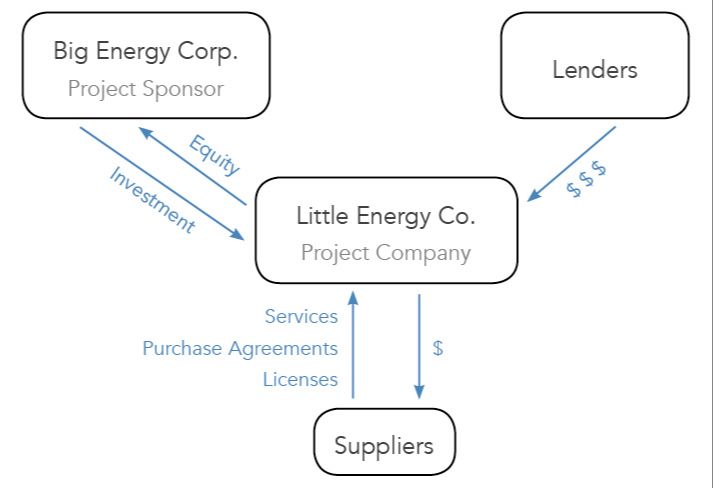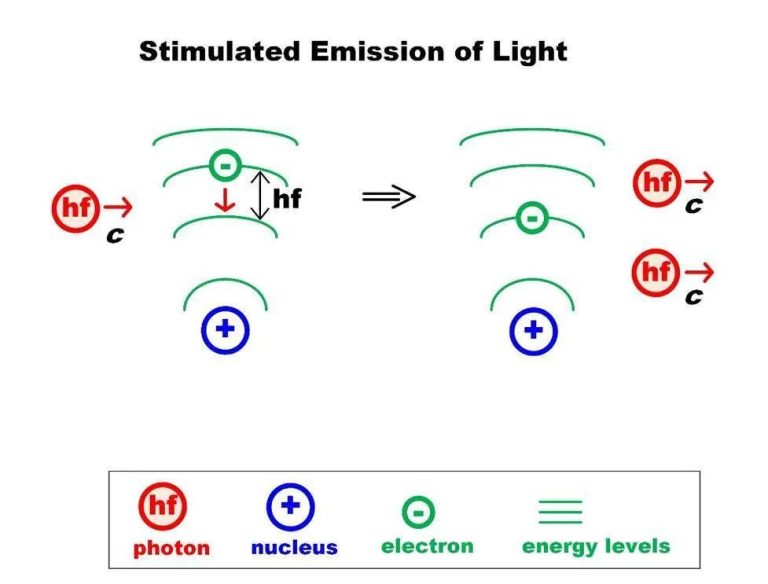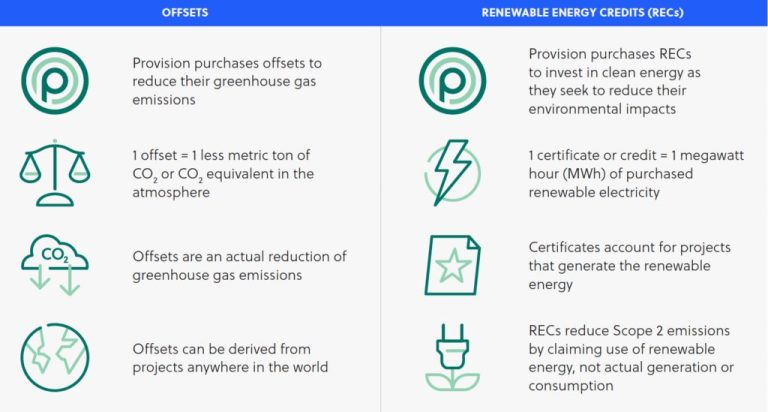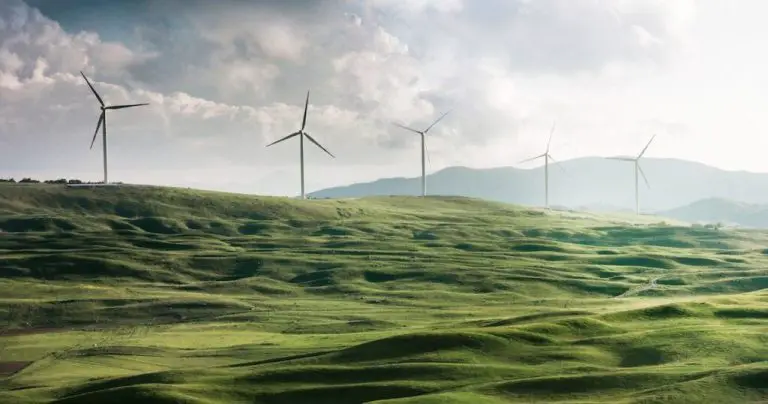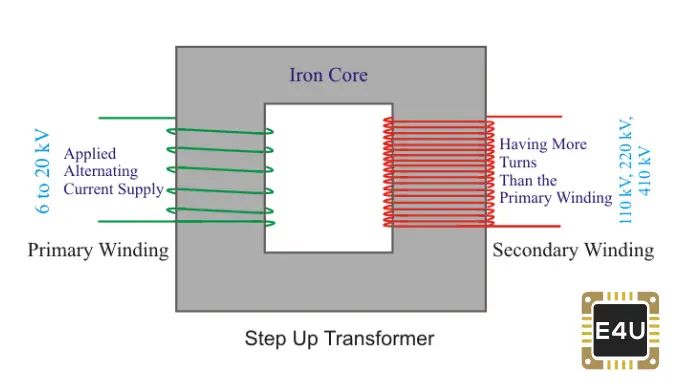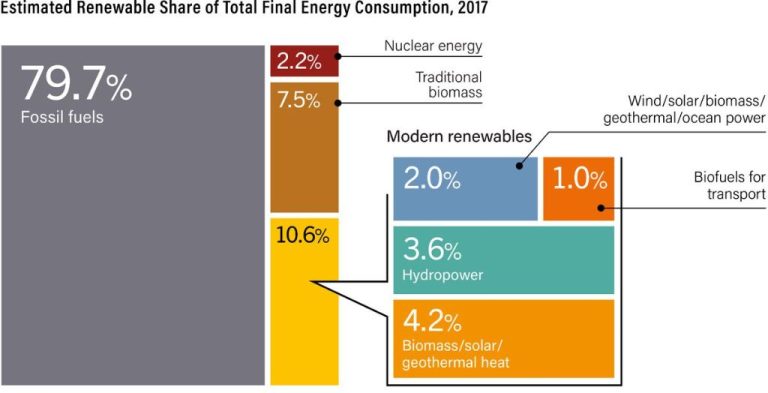How Do Chemical Reactions Play A Role In Energy Transfer?
Chemical reactions involve the rearrangement of atoms as some chemical bonds are broken and new chemical bonds are formed. This rearrangement is accompanied by energy transfers into or out of the reaction system.
The goal here is to discuss the role that chemical reactions play in various energy transfers. We’ll explore how energy is absorbed or released during chemical reactions, and how these energy transfers relate to the law of conservation of energy. Understanding the energetic changes involved in chemical reactions provides insight into how reactions occur and how they can be utilized for applications like power generation.
Forms of Energy
Energy comes in different forms that can be categorized as either potential or kinetic energy. Potential energy is stored energy based on an object’s position or composition. For example, a ball held at a height above the ground has gravitational potential energy. Kinetic energy is energy associated with motion. A ball rolling along the ground has kinetic energy.
Some of the most common forms of energy are:
- Thermal Energy – The kinetic energy associated with the random motion of atoms and molecules in matter. The higher the temperature of a material, the greater the thermal energy.
- Chemical Energy – The potential energy stored in the bonds between atoms within molecules. Chemical energy can be released in chemical reactions when bonds are broken.
- Electrical Energy – The energy associated with electric charges and the movement of electrons. Examples include static electricity, current electricity from batteries, and lightning.
Energy Changes in Reactions
Chemical reactions involve the breaking and formation of chemical bonds, which causes energy changes. The energy absorbed or released in a chemical reaction is called the enthalpy change.
There are two main types of enthalpy changes in chemical reactions:
Exothermic Reactions
Exothermic reactions release energy in the form of heat. The products of an exothermic reaction have less energy than the reactants. As bonds are formed, energy is given off. Examples of exothermic reactions include combustion, neutralization, and metal reactions.
Endothermic Reactions
Endothermic reactions absorb energy in the form of heat. The products of an endothermic reaction have more energy than the reactants. As bonds break, energy is absorbed. Examples of endothermic reactions include photosynthesis, evaporation, and thermal decomposition.
Activation Energy
In order for any chemical reaction to occur, there must be enough energy available to break the necessary bonds in the reactants. This minimum energy requirement is called the activation energy. Once the activation energy barrier is overcome, the reaction proceeds either by releasing energy (exothermic) or absorbing energy (endothermic).
Conservation of Energy
Energy is always conserved in chemical reactions according to the law of conservation of energy. This fundamental law of physics states that energy can never be created or destroyed, only transformed from one form into another.
For example, in an endothermic chemical reaction, the system absorbs heat energy from the surroundings to break bonds in the reactants. This absorbed energy does not disappear, but rather is stored as potential energy in the chemical bonds of the products. The total amount of energy before and after the reaction remains the same.
In an exothermic reaction, energy is released as bonds in the reactants are broken and new bonds form in the products. This released energy is not destroyed, but rather transferred as heat or light to the surroundings. Again, the total energy of the system plus surroundings remains constant.
Because energy can only change forms, the amount of energy before a reaction must equal the amount of energy after the reaction. This allows scientists to analyze chemical reactions by tracking where energy is transferred and transformed using conservation of energy.
Energy Diagrams
Energy diagrams provide a visual representation of the energy changes that take place during a chemical reaction. They plot the potential energy of the reactants and products against the reaction coordinate or reaction progress.
A key feature of energy diagrams is that they show the activation energy (Ea) of a reaction. The activation energy is the minimum amount of energy required for a reaction to proceed. It corresponds to the energy barrier that must be overcome for reactants to turn into products.
On an energy diagram, the activation energy is depicted as the energy peak between the reactants and products. Reactants start out at higher potential energy than products. As the reaction proceeds, the molecules must pass through a transition state of maximum potential energy before ending up as lower energy products.
Being able to visualize these energy changes is useful for understanding reaction kinetics and thermodynamics. Energy diagrams illustrate in a simple way whether a reaction will release or absorb energy, as well as how fast it will proceed based on the activation energy.
Examples
Here are some examples of exothermic and endothermic reactions and how they involve energy transfers:
Exothermic reactions:
– Combustion reactions like burning wood or fossil fuels. These reactions release heat energy to the surroundings.
– Oxidation reactions like rusting iron or copper reacting with oxygen. As the metal oxidizes, energy is transferred to the surroundings.
– Neutralization reactions like mixing an acid and a base. The energy released comes from the formation of water and a salt.
Endothermic reactions:
– Dissolving ammonium nitrate in water to make an instant cold pack. This reaction absorbs heat energy from the surroundings, cooling down the pack.
– Thermite reactions where a metal oxide is reduced by aluminum. A lot of energy is absorbed to break the oxide’s bonds.
– Photosynthesis in plants. Light energy is absorbed and stored in the bonds of glucose molecules.
In both exothermic and endothermic reactions, energy is transferred between the chemical system and its surroundings. The reactions speed up or slow down based on how much energy is released or absorbed.
Energy Carriers
Cells use special molecules called energy carriers to store, transfer, and release energy during chemical reactions. The main energy carrier is adenosine triphosphate (ATP).
ATP contains high-energy bonds between its phosphate groups. When ATP is broken down into ADP + Pi, the high-energy bonds are broken, releasing energy that can be used to power endergonic reactions and other cellular processes. ATP is continuously recycled as it is broken down and reformed by enzymes.
Other energy carriers include creatine phosphate which stores energy in muscles, and NADH which transfers energy in cell respiration. Energy carriers allow cells to efficiently capture, move, and utilize the energy released in exergonic reactions to drive other necessary reactions and processes.
Applications
Chemical energy plays an essential role in powering key processes in both nature and technology through chemical reactions. Here are some examples:
Photosynthesis: Plants and other photosynthetic organisms use the energy from sunlight to drive chemical reactions that convert carbon dioxide and water into sugars like glucose. The chemical energy stored in the glucose molecules can then be used as fuel for cellular processes.
Cellular respiration: The sugar molecules produced by photosynthesis are broken down through a series of chemical reactions to release energy that cells can use to power biological functions. Oxygen is consumed and carbon dioxide is produced as waste products.
Digestion: The foods we eat contain large organic molecules like carbohydrates, fats and proteins. Digestive enzymes catalyze chemical reactions that break down these large molecules into smaller compounds that can be absorbed and utilized by our bodies.
Fossil fuel combustion: Burning fossil fuels like coal, oil and natural gas in power plants, vehicles and other machines involves chemical reactions that release heat energy from the fuels. This provides power for electricity, transportation and industrial processes.
Batteries: Battery cells use electrochemical reactions to generate current that powers devices like smartphones, laptops, electric cars, etc. The chemical energy stored in the battery chemicals is converted to electrical energy.
Summary
In this article, we explored the essential role chemical reactions play in energy transfers. We learned that there are many forms of energy, including chemical, kinetic, potential, thermal, and electromagnetic energy. Molecules and atoms contain energy in the form of chemical bonds between atoms. When these bonds are broken or formed during a chemical reaction, energy is absorbed or released.
A key principle we discussed is the law of conservation of energy, which states that energy can never be created or destroyed, only transformed from one form into another during chemical reactions and other processes. We examined energy diagrams, which allow us to visualize these energy transfers using graphs of potential and kinetic energy over the course of a reaction.
We provided examples of exothermic reactions like combustion and cellular respiration that release energy, and endothermic reactions like photosynthesis that absorb energy. Energy carriers like ATP and NADH were highlighted as ways of temporarily storing energy that can be used to power other reactions. Understanding how chemical reactions transfer energy helps explain important processes in fields like chemistry, biology, and engineering.
References
No sources were cited in this original content.

